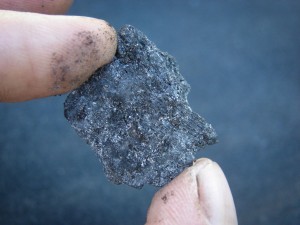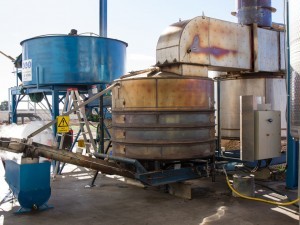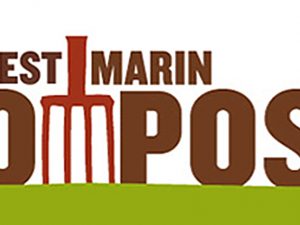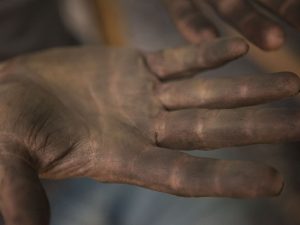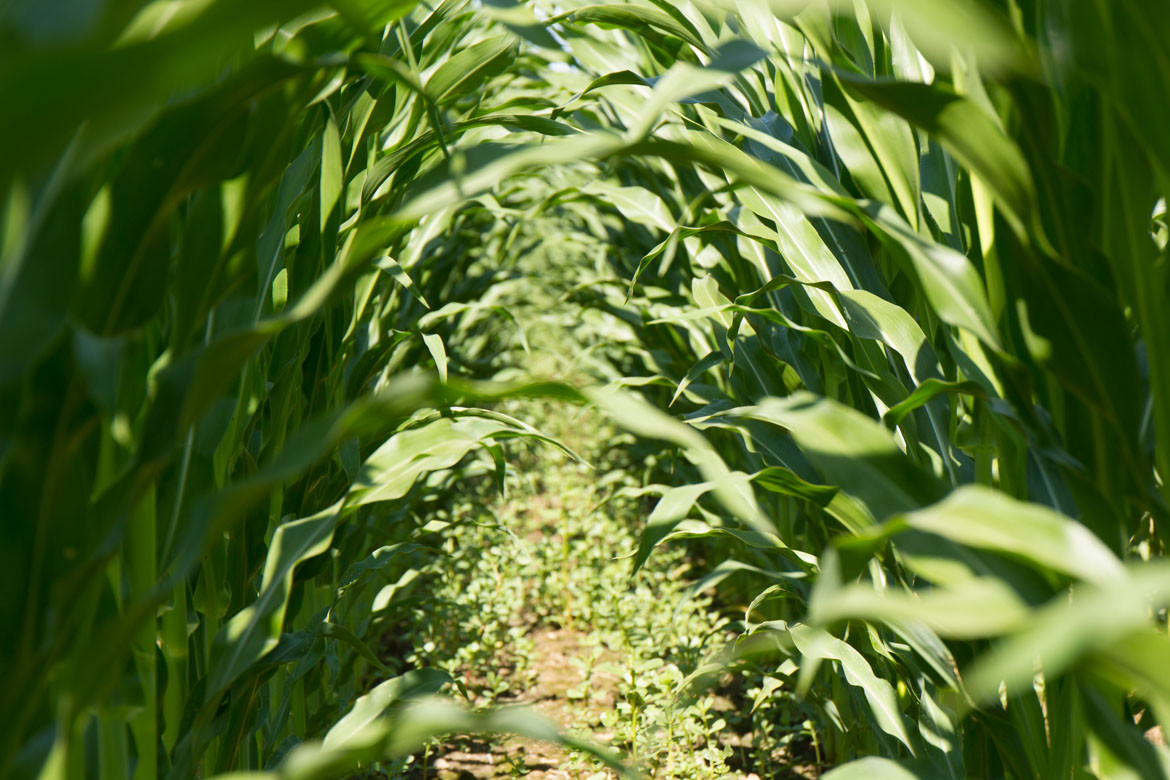
Rock dust and biochar can remineralize soils.
Both have been popular farming tools in older times, waned in popularity, and are now seeing a resurgence in interest. Both have potential for long-term soil building, with immediate gains and also sustained benefit. Their use together is complimentary, as one is largely valued as a broad spectrum source of minerals, and the other serves a catalyst for microbial activity and  nutrient exchange, helping to make the minerals available and protecting them from leaching. There are some other very interesting synergies between rock dust and biochar. Pacific Biochar makes a product that marries to the two together; Dense Mix is available in bulk or online. It is blended and then biologically activated in our special process.
nutrient exchange, helping to make the minerals available and protecting them from leaching. There are some other very interesting synergies between rock dust and biochar. Pacific Biochar makes a product that marries to the two together; Dense Mix is available in bulk or online. It is blended and then biologically activated in our special process.
Remineralization of our agricultural soils can bring greater fertility. Even in a well managed field, minerals are taken from the land every year in the harvested crop. The most common current practice, and historically for several decades now, is the use of fertilizers with very high potency of a short list of nutrients; mostly N-P-K. This replaces the nutrients used by plants in the highest amounts, but not the full spectrum of what a healthy soil ecosystem demands. There is a long list of micronutrients and trace elements which the plant does not need in large amounts to survive, but when available, the plant can grow with greater vigor, produce fruits with greater nutrition, and have more minerals at hand to create the natural compounds plants use to defend themselves against outside pressures such as pests and diseases. There are also some elements which may not be found in significant amounts for the actual plant bodies, but which are critical in the microbial community that supports the plants growth.
“Soil remineralization is a method of encouraging a natural, resilient and self regulating growing environment which promotes long term sustainable fertility.” Thomas Vanacore, A Rock Dust Primer
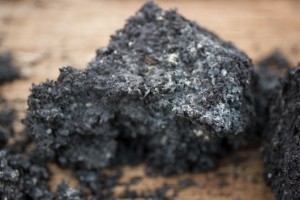
Like cake, this cluster of small biochar particles holds shape, held together by a very active microbial population.
The minerals in rock dusts become available to plants through “weathering” by physical, chemical, and biological actions. This is one place where the biochar relationship becomes highly synergistic. While of little use in the physical actions of weathering, biochar can help with both the chemical and biological pathways to availability of minerals. Biochar has an extremely high surface area that is adsorptive, variably charged, and electrically conductive. This facilitates the chemical reactions that can make rock dust minerals available. Microbial communities are the master chemists of the soil. On a macro scale, the biochar particles serve as microbial housing, a refuge that supports diversity and activity. It is commonly observed that where biochar is wisely applied to soil, greater microbial activity and diversity is found.
Certain rock dusts are also noted for their paramagnetic or inherent magnetism qualities, which has been experimentally observed to be related to positive plant growth. The electrical conductivity of the graphitic portions of biochar has interesting implications for interacting with paramagnetism.
To create our rock dust and biochar product, Dense Mix, we start with a moist biochar, then add a basalt microfine rock dust, plus rice bran, and worm castings. We then culture the blend in our biological activation process to ensure that the materials are not just blended but bonded. After this, the blend truly becomes greater than the separate parts. Of all the blends we have been making, this one is generally the most lively and diverse when viewed under a microscope.

Dense Mix up close. Rock Dust and Biochar.
The BEST place we have found for sourcing rock dust materials is Rock Dust Local. They source Broad Elemental Spectrum Tectonic (BEST) rock dust materials throughout the US, then work with the quarries to make the materials available for use in agriculture. Thomas Vanacore, the head of the company, has a deep knowledge of the material and it’s practical application, far beyond anyone I am aware of. Pacific Biochar has been working with Rock Dust Local to source materials we use in our blends, such as the “Vintage” BEST rock dust that we use in the Dense Mix.
– Josiah Hunt

